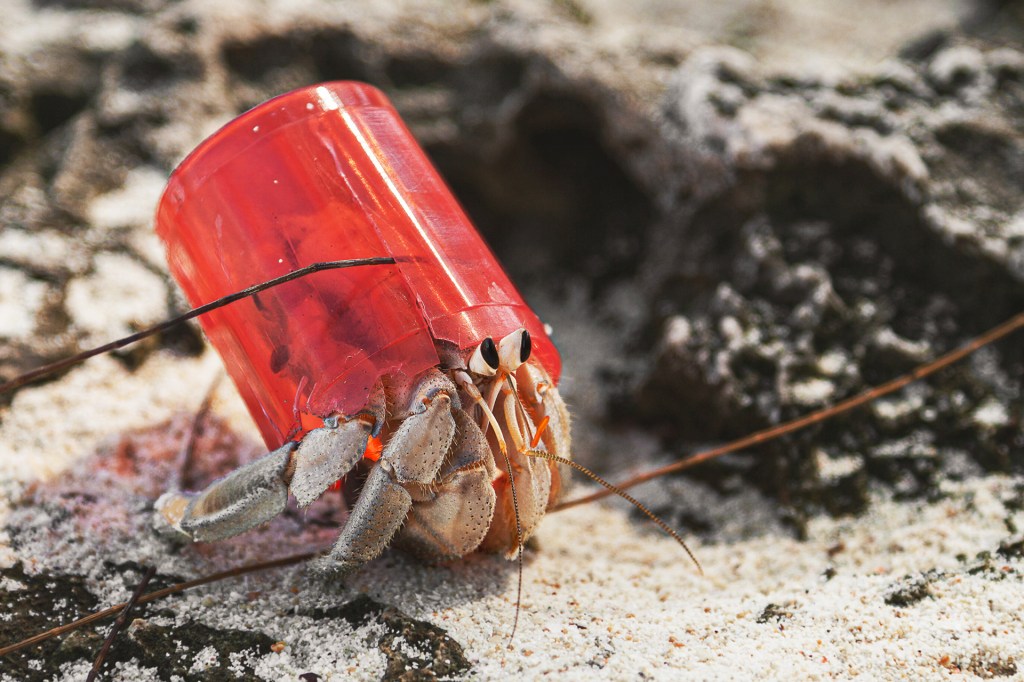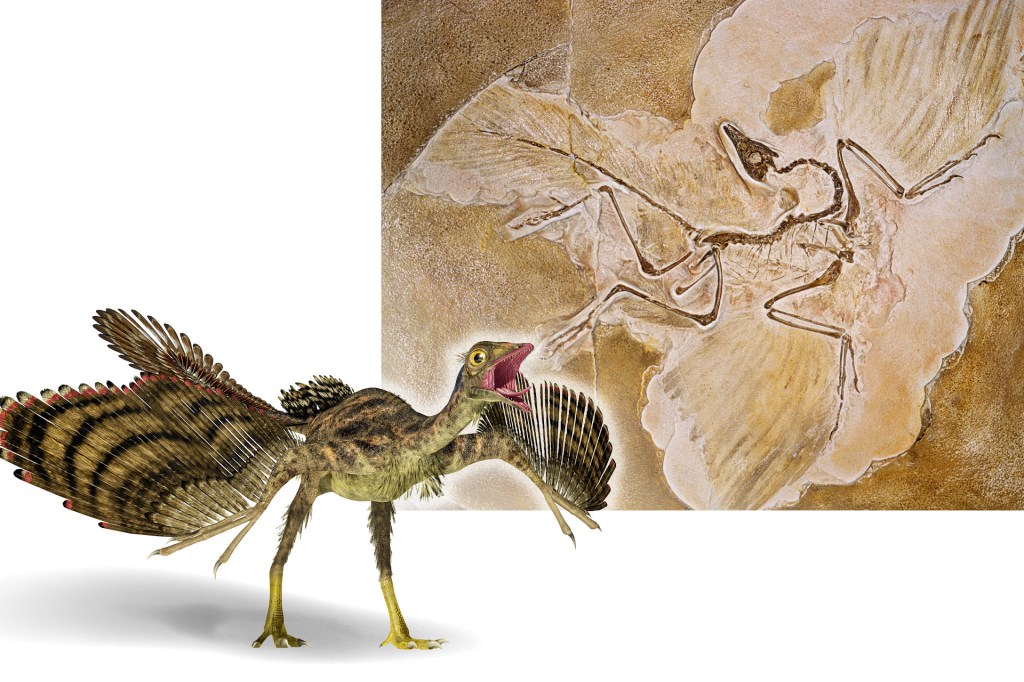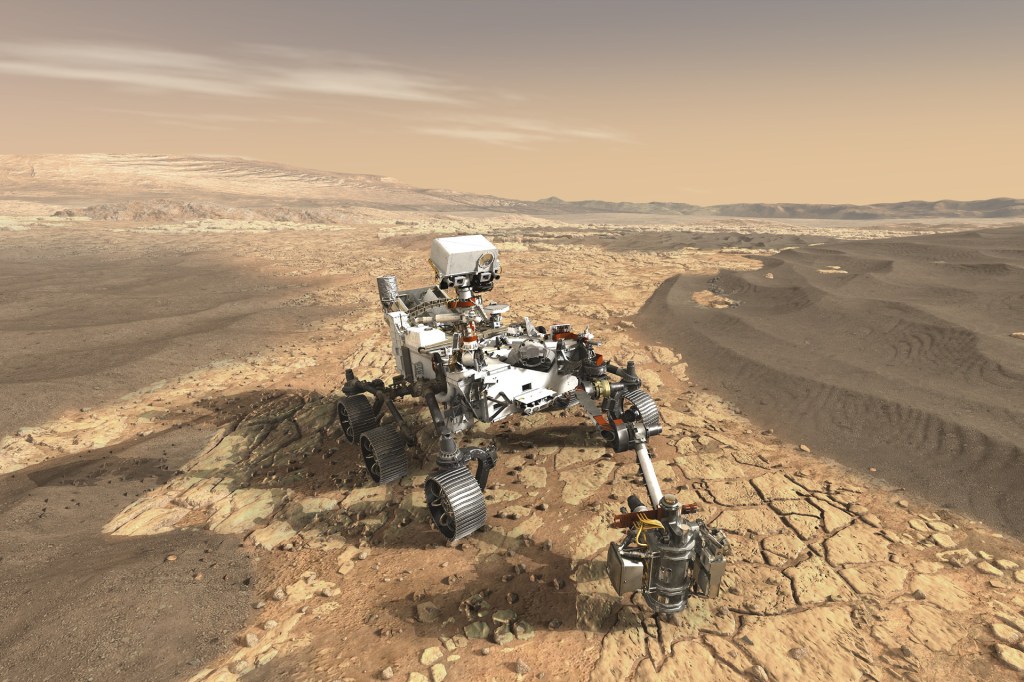
The surface of Mars is dry and rocky. There are no plants or animals on Mars. There’s not enough oxygen to breathe, either. Did the planet ever support life? NASA’s sending a robot to find out.
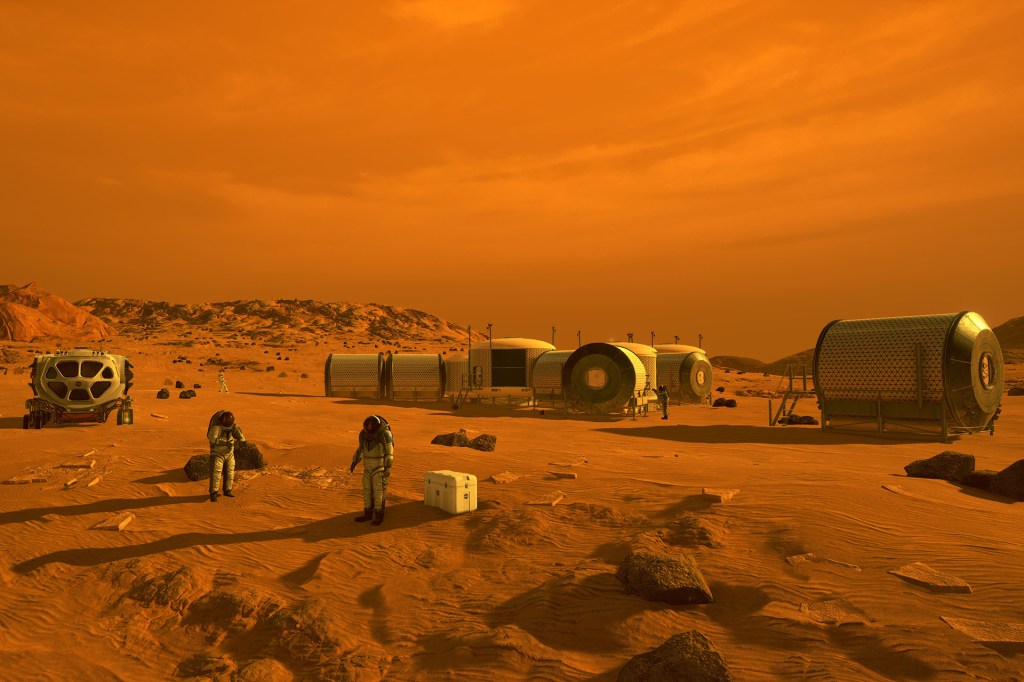
This NASA illustration shows astronauts on Mars. It shows what it might be like for people to live and work there.
NASAThe Mars 2020 rover is a robotic scientist. Its job is to look for clues that there was once life on the Red Planet. “Robots can help us answer big scientific questions,” Katie Stack Morgan told TIME for Kids. She’s a NASA scientist. “It’s hard to send humans to Mars. We’ve never done that before. But we know how to send robots.”

In this illustration, a rover gathers rocks that could hold clues to past life on Mars.
NASA/JPL-CALTECHLooking for Clues
NASA will launch the rover next summer. In February 2021, it will land in a crater called Jezero. The crater was once filled with water. Tiny organisms
organism
 JUDITH HAEUSLER—GETTY IMAGES
a living thing
(noun)
The scientist used a microscope to look at very small organisms.
called microbes may have lived there long ago.
JUDITH HAEUSLER—GETTY IMAGES
a living thing
(noun)
The scientist used a microscope to look at very small organisms.
called microbes may have lived there long ago.
The rover’s camera will look for rocks that may contain fossils. Its seven-foot arm will reach out to drill and scrape. Rock samples will go into tubes. Future missions may bring those tubes back to Earth for study.
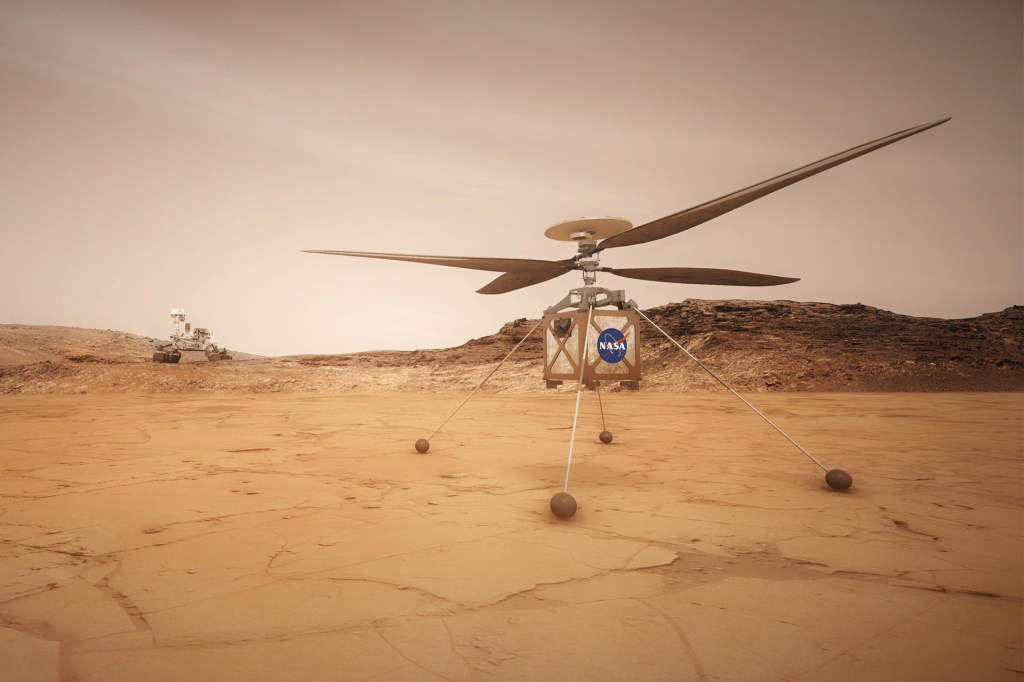
The rover will carry a small helicopter to Mars. Scientists can control the flying machine from Earth.
NASA/JPL-CALTECHThe rover will also run experiments. It will test a small helicopter. This will tell scientists how flying vehicles would work in Mars’s atmosphere
atmosphere
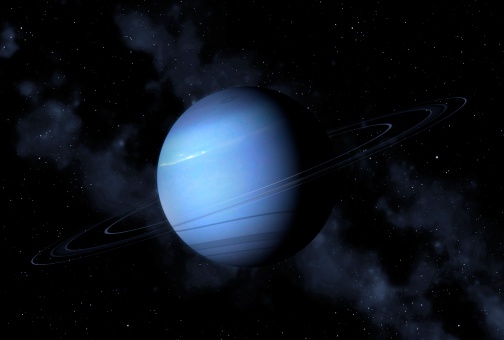 MARK GARLICK.—SCIENCE PHOTO LIBRARY/GETTY IMAGES
the gas surrounding a planet
(noun)
The atmosphere of Neptune is mostly hydrogen and helium.
. The rover will also test a machine that makes oxygen. The oxygen could be used to burn rocket fuel. Astronauts who travel to Mars in the future could use the fuel to get back to Earth.
MARK GARLICK.—SCIENCE PHOTO LIBRARY/GETTY IMAGES
the gas surrounding a planet
(noun)
The atmosphere of Neptune is mostly hydrogen and helium.
. The rover will also test a machine that makes oxygen. The oxygen could be used to burn rocket fuel. Astronauts who travel to Mars in the future could use the fuel to get back to Earth.
“Are we alone in the universe?” Stack Morgan asks. “Or could life have developed on another planet?” The Mars rover could help us find out.
Mars By the Numbers
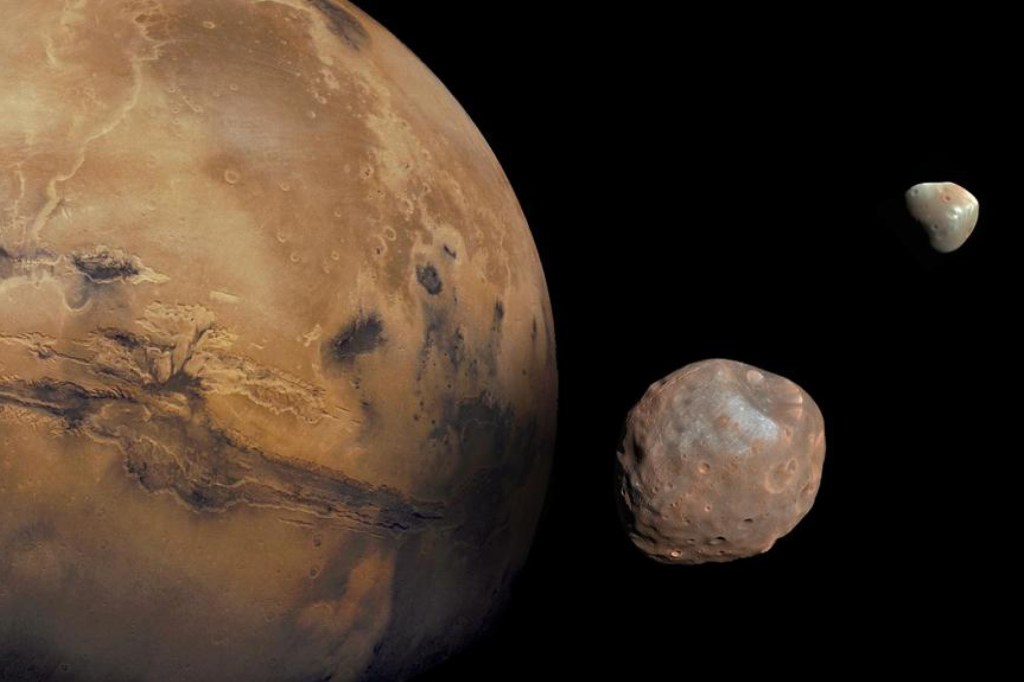
A year is the time it takes a planet to go around the sun. A year on Mars lasts 687 days. That’s almost twice as long as a year on Earth.
You can jump about three times as high on Mars as you can on Earth. That’s because of the planet’s gravity.
Mars has two moons: Phobos and Deimos.




